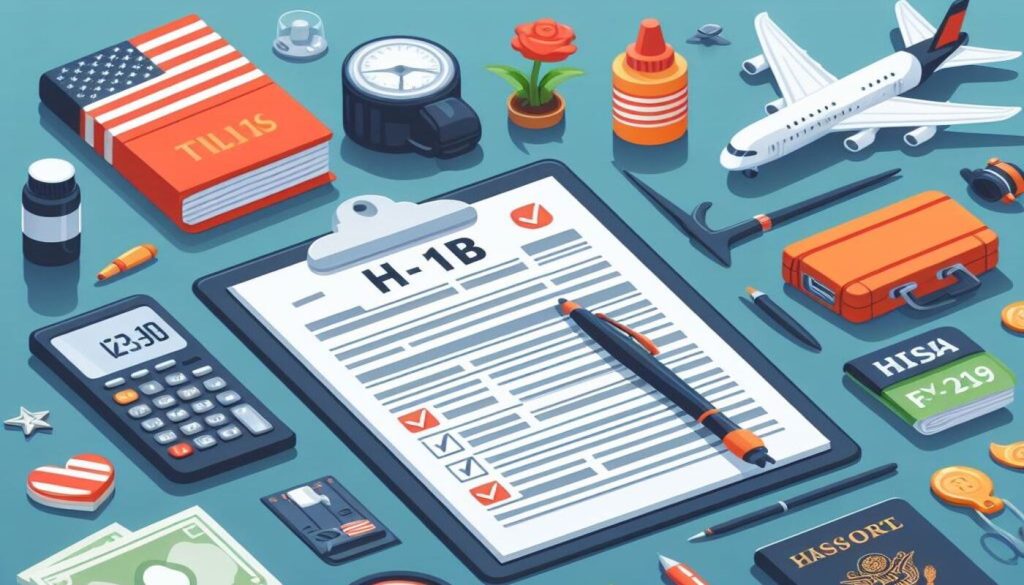The U.S. Citizenship and Immigration Services (USCIS) has concluded the initial registration period for the Fiscal Year (FY) 2025 H-1B cap season, closing on March 25, 2024, at noon Eastern Time. With the registration phase complete, USCIS is now set to randomly select beneficiaries for the FY 2025 H-1B numerical allocations, including the master’s cap exemption, notifying prospective petitioners of their eligibility to file H-1B cap-subject petitions.
Effective April 1, 2024, USCIS has implemented a significant change in the filing process for H-1B and H-1B1 (HSC) Form I-129 petitions. These petitions must no longer be submitted at USCIS service centers but instead must be filed at designated USCIS lockbox locations. Failure to adhere to this change may result in rejection of the petition, without any grace period provided.
Additionally, USCIS has introduced new fees and a revised edition of Form I-129, effective April 1, 2024. Petitions postmarked on or after this date must include the updated fees and utilize the new form edition, or they will not be accepted. USCIS will consider the postmark date for determining the correct form version and fees.
Furthermore, USCIS has initiated online filing options, allowing for the submission of Form I-129 and associated Form I-907 for non-cap H-1B petitions. Starting April 1, 2024, online filing will extend to H-1B cap petitions for selected registrants. However, during the initial phase of organizational account launches, users won’t be able to link paper-filed forms to their online accounts.
Moreover, USCIS has ceased the use of prepaid mailers for H-1B and H-1B1 (HSC) petitions as of March 25, 2024. Instead, the process of printing and mailing H-1B petition approval notices will be automated, with notification through MyUSCIS accounts for case status changes, followed by paper notices by mail. These changes mark a significant shift in H-1B filing procedures, aiming to streamline processes and enhance efficiency for petitioners and beneficiaries alike.
Source: USCIS


















